1983
Lemna is founded in Minnesota to create cost-effective, operator-friendly wastewater treatment systems for communities and industrial clients.
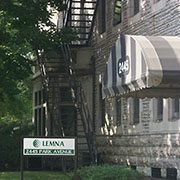
Lemna is founded in Minnesota to create cost-effective, operator-friendly wastewater treatment systems for communities and industrial clients.
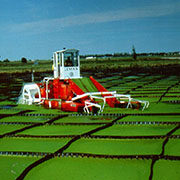
Lemna patents unique duckweed process that uses tiny aquatic plants that naturally treat wastewater by removing nutrients.
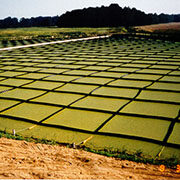
Barrier grid is created to reduce wind and wave action and allow for full coverage of Lemna plants on treatment lagoons.
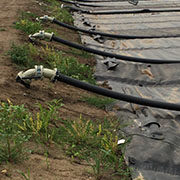
Lemna expands lagoon treatment technology by introducing aeration and mixing into design of systems, enabling better BOD, TSS and ammonia treatment.
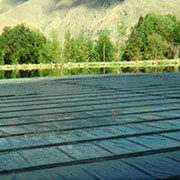
Lemna introduces the LemTec Modular Insulated Cover, designed to provide heat retention, odor control, evaporation reduction and eliminated algae growth.
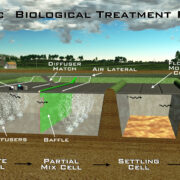
Lemna develops the LemTec Biological Treatment Process (LBTP) for lagoon systems, which integrates technology to remove BOD, TSS and ammonia.
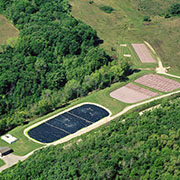
The first aerated, covered lagoon is installed, incorporating the LBTP to address nitrification and ammonia treatment in cold climates.
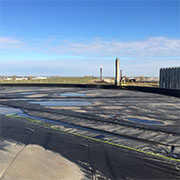
LemTec Gas Collection Covers are created to provide the ultimate solution for applications requiring complete containment and collection.
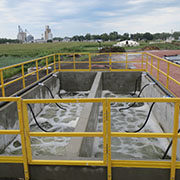
Lemna introduces the LemTec Polishing Reactor (LPR), an attached-growth reactor providing supplemental BOD removal and ammonia nitrogen (NH3-N) polishing.
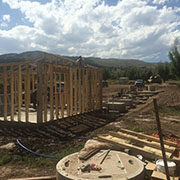
Lemna develops solution for phosphorus removal, employing a chemical dosing system, low horsepower pumps and mixers that can be incorporated into the LBTP.
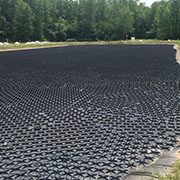
Lemna introduces Hexa-Cover into the US market, a segmented system that adapts to any pond or tank application.
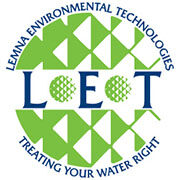
Lemna comes under new ownership and becomes Lemna Environmental Technologies, Inc. (LET).

LET moves from Minneapolis to Vadnais Heights, Minnesota, to upgrade the design offices and expand the production facility.
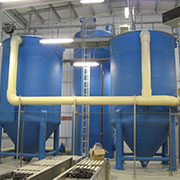
LET Recirculating Sand Filter added to arsenal of innovative technologies, achieving exceptional nutrient removal as part of a process or tertiary treatment
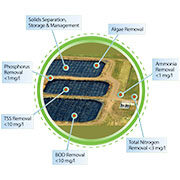
Introduced the Advanced Integrated Lagoon Technologies (AILT) concept as our comprehensive method to designing optimal, objective-based solutions.